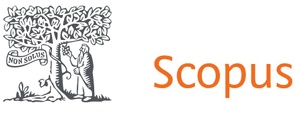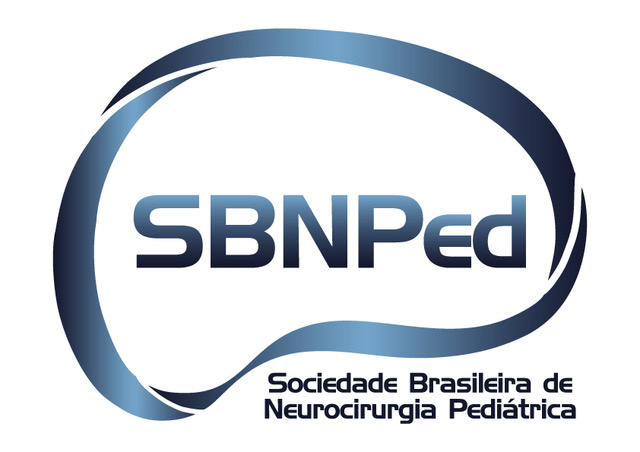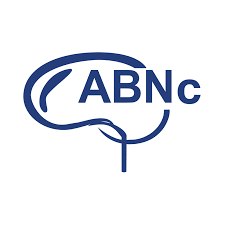Dysfunction of endoscopic third ventriculostomy in children
DOI:
https://doi.org/10.29327/apn.v1i1(September-December).5Keywords:
Neuroendoscopy, Endoscopic third ventriculostomy, Newborn, Obstructive Hydrocephalus, ventriculoperitoneal shuntAbstract
Introduction: Neuroendoscopy is particularly useful as an adjunct in the treatment of hydrocephalus. CSF physiology differs among neonates, children and adults leading to different and conflicting results in the treatment of hydrocephalus using neuroendoscopy. The aim of our study was to review the literature regarding to analyze predictive clinical and imaging models available and discuss specific aspects of the endoscopic approach to hydrocephalus in infants
Methods: Review of the medical literature to analyze predictive clinical and imaging models available and discuss specific aspects of the endoscopic approach to hydrocephalus children. Data of our series of ETV were analyzed. The patients were categorized in 3 groups: Group A (< 6 months of age), Group B (from 6 months to 1 year-old) and group C ( >1 year-old).
Results: Group A - 12 patients , group B - 17 patients and group C - 85 patients. The etiology of hydrocephalus was tumors in 33 (29 %), aqueduct stenosis in 33 (29 %), cerebral malformations in 24 (21 %). The ETVSS in the low, moderate and high ETVSS groups was respectively 40%, 70.9% and 92.6%, the actual success rate: 58%, 65% and 86%. The complication rates in groups A, B and C were 33 %, 24 %, and 8 %, respectively (p=0.022).
Conclusion: Endoscopic third ventriculostomy provides very good results for a number of indications in children. Every effort should be made to optimize the selection of surgical candidates on the basis of their clinical features.
Downloads
Additional Files
Published
How to Cite
Issue
Section
License
Copyright (c) 2019 Luciano Lopes Furlanetti , Marcelo Volpon Santos , Ricardo Santos de Oliveira , Matheus Fernando Manzolli Ballestero

This work is licensed under a Creative Commons Attribution 4.0 International License.

When publishing in Archives of Pediatric Neurosurgery journal, authors retain the copyright of their article and agree to license their work using a Creative Commons Attribution 4.0 International Public License (CC BY 4.0), thereby accepting the terms and conditions of this license (https://creativecommons.org/licenses/by/4.0/legalcode).
The CC BY 4.0 license terms applies to both readers and the publisher and allows them to: share (copy and redistribute in any medium or format) and adapt (remix, transform, and build upon) the article for any purpose, even commercially, provided that appropriate credit is given to the authors and the journal in which the article was published.
Authors grant Archives of Pediatric Neurosurgery the right to first publish the article and identify itself as the original publisher. Under the terms of the CC BY 4.0 license, authors allow the journal to distribute the article in third party databases, as long as its original authors and citation details are identified.






























